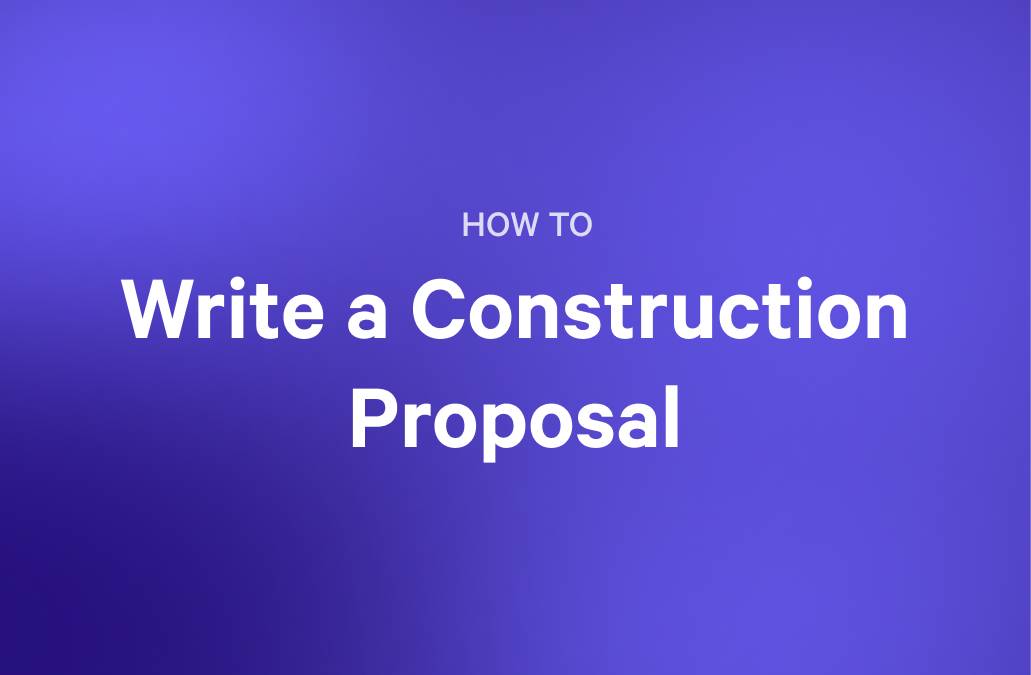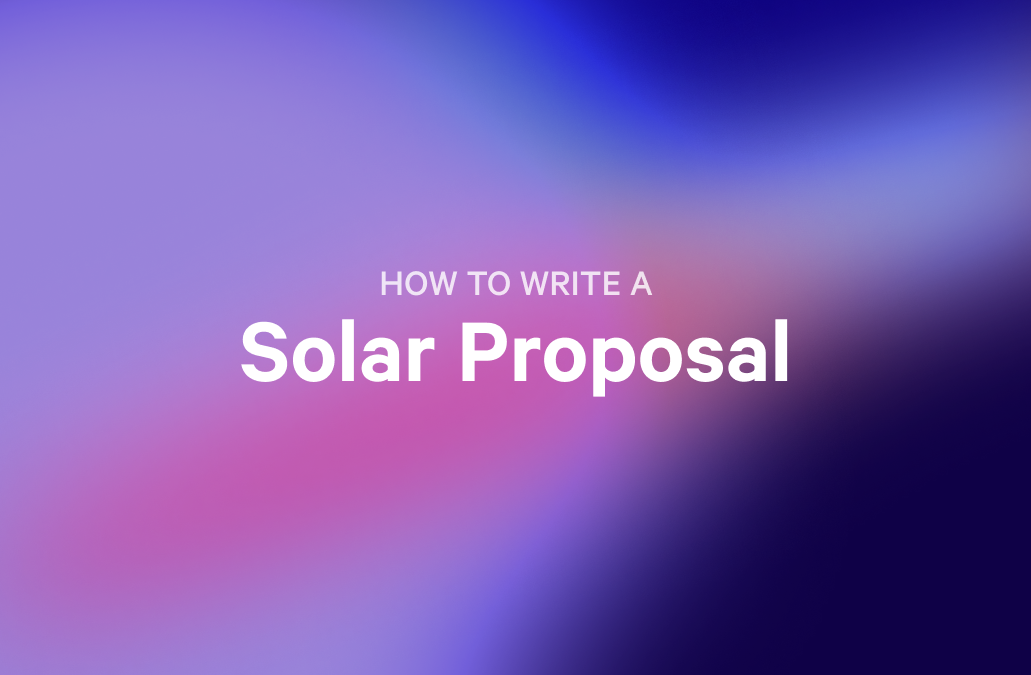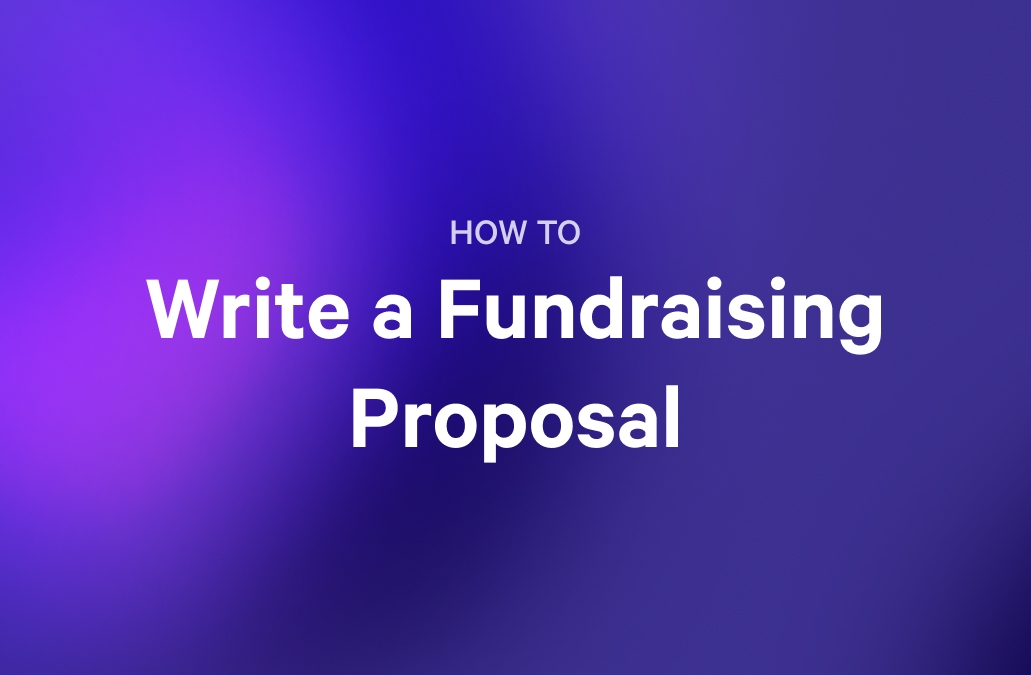If you want to succeed in the commercial insurance business, you must be able to tell a compelling story and write a proposal that wins new customers. And that's precisely what we're here to tackle.
In this guide, you'll discover not only the foundational aspects of what makes a winning commercial insurance proposal but also the step-by-step process to craft one that resonates with your clients. These instructions will help turn a daunting task into a manageable (even enjoyable) process.
So, let's dive in, peeling back the layers of a commercial insurance proposal that not only meets the mark but exceeds expectations.
Key takeaways
- A commercial insurance proposal is a narrative that differentiates your services and makes insurance understandable.
- Understanding the client's business and highlighting how your insurance mitigates their risks is crucial.
- Clarity in outlining insurance products and personalizing benefits enhances the proposal's effectiveness.
- Visual aids make the proposal engaging and help in explaining complex information.
- Ending the proposal with a clear call to action initiates the partnership journey.
What is A Commercial Insurance Proposal?
A commercial insurance proposal is more than just a document; it's your pitch, your chance to make a convincing case to potential clients about why your insurance services are the best fit for their needs.
The proposal outlines the specifics of your coverage, including the terms, conditions, and costs. But, and this is an aspect many neglect, it's also your opportunity to differentiate yourself. Beyond the dry details, your proposal is a narrative, telling the story of how you understand their unique challenges and how you're equipped to safeguard their enterprise against them. It's about making the complex world of commercial insurance understandable and accessible and offering an attractive, logical solution.
Steps to write a commercial insurance proposal: Key elements to include
Let's break the process down into short, manageable steps, each with its own key elements to include.
Step #1: Understand your client's business inside and out
Before you even type a word of your proposal, it's time to do your homework. Dive deep into understanding your client's business. What are their risks? What keeps them up at night? This step is about listening, researching, and empathizing. The aim is a proposal that leaves them under no illusion regarding the depth of your knowledge about their business and the level of care they can expect.
Step #2: Highlight the risks and how you plan to mitigate them
Now that you've got a grasp on their business, it's showtime. Use this section to shine a light on the specific risks their business faces. But don't stop there. Pair each risk with a solution your insurance can provide. This isn't about fear-mongering; it's about showing them you have a plan to protect their business and assets.
Step #3: Outline your insurance products and how they work
Here, you get into the nitty-gritty of your insurance products. Clarity is key. Break down the coverages, terms, and conditions in an easily digestible way. Use examples or scenarios to illustrate how your insurance works in real life. It's about making the complex simple.
Step #4: Personalize the benefits
After laying out the technical details, pivot to personalization. How does your insurance solution benefit their specific business? Maybe it's about peace of mind, financial stability, or compliance with regulations. This is your chance to connect the dots between what you're offering and what it means for them.
Step #5: Make your proposal visually engaging
Let's face it: insurance documents are not renowned for being page-turners, so use this as another opportunity to differentiate. Include visuals like charts, graphs, and images to break up the text and make your proposal more engaging. A visually appealing document keeps the reader's attention and helps them understand complex information more easily. If your company has invested in video, consider embedding a short clip as well.
Step #6: End with a clear call to action
Finally, guide your client on what to do next. Should they contact you for a meeting? Fill out a form? Make it clear and easy for them to take the next step. This isn't the end of your proposal; it's the beginning of your partnership.
Example of a commercial insurance proposal template
A commercial insurance proposal template is a great way to save time and, in the case of Qwilr’s template, get that engaging, visually arresting look that separates your proposal from the pile. It has many dynamic multi-media options, all easily edited and branded- and you won’t require a coding degree to do it!
Here’s what it includes:
Cover Page
Start with a bang. Your cover page should include the proposal title, client's name, company name, and logo. Make it visually appealing to set the tone.
Executive Summary
Think of this as your elevator pitch on paper. Summarize your proposal's key points, emphasizing your understanding of the client's business and how your insurance solutions are tailored to their needs. Keep it concise but compelling.
Understanding Your Business
This section is where your detective work pays off. Describe the client's business, highlighting your identified risks and challenges. Show them you've done your homework and understand what makes their business tick.
Risk Assessment and Solutions
Here, detail the risks associated with their business and how your insurance products offer a shield against each one. Use clear headings for each risk and solution pair to make it easy to follow.
Insurance Product Details
Break down your insurance offerings with clarity and simplicity. Include subsections for each product, covering benefits, coverages, terms, and conditions. Remember, the goal is to demystify insurance, making it accessible and understandable.
Personalized Benefits
Tailor this section to your client, connecting the dots between your insurance solutions and the tangible benefits for their business. Use real-world scenarios or case studies to illustrate these benefits in action.
Visual Aids
Incorporate charts, graphs, or images to illustrate key points throughout the proposal. Visuals not only make the proposal more engaging but also help in explaining complex information.
Testimonials and Case Studies
Include testimonials or brief case studies from similar businesses you've helped. This will build credibility and demonstrate the value you've provided to others.
Next Steps
Clearly outline the next steps the client should take if they're interested in proceeding. Whether it’s contacting you for a meeting or signing up online, make the call to action clear and simple.
Contact Information
Finally, include your contact information: name, title, phone number, email, and website. Make it easy for them to ask questions or start the process.
Final Thoughts
While commercial insurance can be complex, creating a winning proposal doesn't have to be. You can craft a narrative that shows you understand and empathize with your prospective client. This allows you to make a personal connection that separates your proposal from the other cookie-cutter documents they may have received.
Remember to keep the language simple and speak directly to your prospect - this will help you build trust and credibility quickly.
And once the proposal is out, remember that you aren't done. Follow up and engage with your prospect. Answer additional questions, take their feedback, and make adjustments to your bid. This diligence will help you get your deal over the finish line.
Need a little help in this process? Start with Qwilr’s commercial insurance proposal template. It is easily customizable, so you can brand it for your company, personalize it for your prospective clients, and engage them with the visuals that help it (and you) truly stand out.
About the author

Brendan Connaughton|Head of Growth Marketing
Brendan heads up growth marketing and demand generation at Qwilr, overseeing performance marketing, SEO, and lifecycle initiatives. Brendan has been instrumental in developing go-to-market functions for a number of high-growth startups and challenger brands.
Frequently asked questions
The best format isn't one-size-fits-all; it should be tailored to fit. A digital, interactive proposal (such as Qwilr’s) can be a great way to drive engagement, allowing for easy updates and interactive elements like videos or clickable content. However, ensure it's accessible and easy to navigate, keeping the client's experience in mind.
Think quality over quantity. The goal is to be comprehensive yet concise: “As much string as it takes to wrap the parcel.” Typically, a proposal ranges from 5 to 15 pages, depending on the complexity of the client's needs and the depth of the coverage options. The key? Make every word count.
Yes, it's possible to overdo the details. While you want to be thorough, drowning your client in too much technical jargon or unnecessary information can be overwhelming. Strike a balance by focusing on what's most relevant to their situation, using appendices for any extra so they don’t take up precious real estate in the main body.
In a word: very! Use the client's name, refer to their business challenges, and tailor the benefits to their situation. The more personalized it is, the more it resonates with the client, showing them you see and value their unique needs.
Patience is a virtue, but so is persistence. A good rule of thumb is to follow up within a week of sending the proposal. It keeps the conversation going and shows your enthusiasm without being too pushy. Then, adjust your follow-up strategy based on the client's response and preferences.


